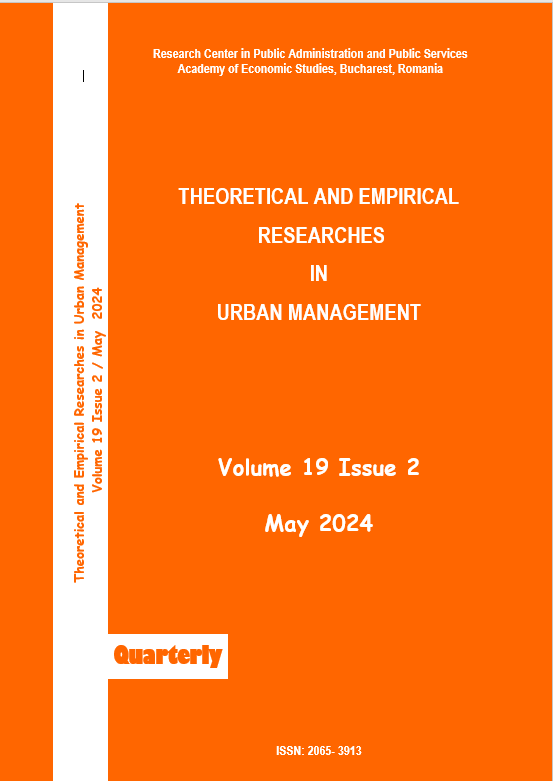DO MORE WOMEN FIND EMPLOYMENT AS THE URBAN POPULATION GROWS?
DO MORE WOMEN FIND EMPLOYMENT AS THE URBAN POPULATION GROWS?
Author(s): Arup Mitra, Sabyasachi TRIPATHISubject(s): Economy, Business Economy / Management
Published by: Academia de Studii Economice - Centrul de Cercetare in Administratie si Servicii Publice (CCASP)
Keywords: Female workforce participation; urbanization; economic growth; Granger causality; cross-country;
Summary/Abstract: The effect of the female labour force participation rate on urbanization which is the question of reverse causality, was not investigated in the earlier literature, despite the widespread belief that urbanization leads to modernization and social transformation. The paper used the World Bank data for 217 countries from the year 1991 to 2022 to address this issue. The Random Effect (RE) Two-Stage least squares (2SLS) regression analysis suggests that urbanization has a detrimental effect on the ratio of female to male labour force participation. On the other hand, the proportion of women to men participating in the labour force positively influences urbanization. Evidently, the GDP growth rate and the proportion of female employers have a favorable influence on the women labour force participate rate. However, the estimated results do not support the idea that long-term economic growth and the percentage of women in the labour force follow a U-shaped pattern. A U-shaped association between female labour force participation rate and urbanization is not supported by the results either. However, there is a causal and long-term stable association between female labour force participation rate and urbanization. Finally, we suggest a number of policies that will benefit women to participate in the labor market in the process of economic growth.
Journal: Theoretical and Empirical Researches in Urban Management
- Issue Year: 19/2024
- Issue No: 2
- Page Range: 88-117
- Page Count: 30
- Language: English

